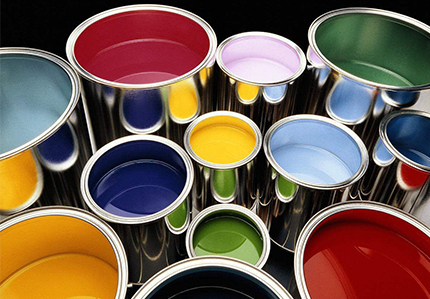1. Organo silanes are widely used
Silanes containing at least one carbon-silicon bond (CH3-Si-) are called organo silanes. They can improve the adhesion to inorganic or organic surfaces. When added to coatings, silanes can enhance the adhesion to inorganic surfaces (including metals and glasses).
Coupling agent: Organo silanes can be used to couple organic polymers to inorganic materials, including pigments and fillers.
Crosslinker: Selective organofunctional alkoxysilane can react with organic polymers to provide trialkoxysilyl groups in the polymer backbone. In turn, the silane can react with moisture to crosslink and form a three-dimensional siloxane crosslinked structure.
Dispersant: Organo silanes are used to increase the hydrophobicity of inorganic pigments, improve the flow characteristics, and the ability to disperse in organic polymers and solvents.
Improve the hydrophobicity: Silanes (octyltriethoxysilane) with a hydrophobic organic group on the silicon atom can impart excellent hydrophobic properties to the inorganic surface.
Moisture scavenger: In humidity-sensitive formulations, three alkoxysilane groups can remove water by reacting with moisture to form alcohol molecules.
Metal surface pretreatment: Organic silane is a special water-based silane used for the pretreatment of various metal surfaces.
2. Organo silanes can improve coating performance in many applications
The functions of organic silane are as follows. Organic silane can wet the pigments, improve the hydrophobicity, increase the contact angle, and enhance the adhesion of metal and inorganic surfaces. In addition, it can also be used as a coupling agent between differential materials. Organic silane can remove water and improve stability. It can also be cross-linked to improve physical and environmental properties.
 English
English 日本語
日本語 한국어
한국어 français
français Deutsch
Deutsch Español
Español italiano
italiano русский
русский português
português العربية
العربية tiếng việt
tiếng việt
